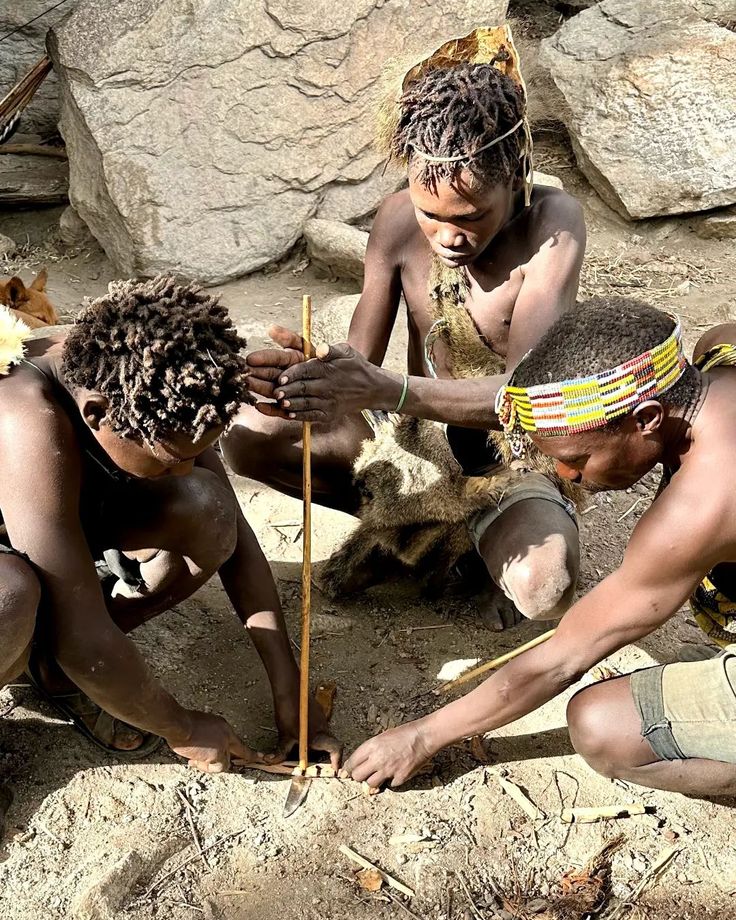Cultural tours in Tanzania
Cultural tours in Tanzania provide a unique opportunity to experience the rich diversity of the country’s heritage, which stems from its 120 tribes and influences from centuries of trade and intercultural exchange. These tours immerse visitors in the daily lives, traditions, and art of Tanzania’s people, offering a distinct way to appreciate the country beyond its iconic wildlife and scenic beaches. Here are some highlights from the cultural experiences available:
1. Swahili Culture in Zanzibar
- The Swahili culture, a fusion of Bantu, Persian, Greek, Roman, Arab, and Chinese influences, originated along the Indian Ocean coast and is most prominent in Zanzibar. Visitors can explore Stone Town, a UNESCO World Heritage Site, to see ancient architecture and taste Swahili cuisine, a blend of local ingredients and foreign spices.
2. Olduvai Gorge
- Known as the “Cradle of Mankind,” Olduvai Gorge is a major archaeological site where fossils dating back millions of years were discovered. The small museum here displays key hominid fossils and provides insight into early human history, making it a must-visit for anthropology enthusiasts.
3. The Hadzabe Tribe
- The Hadzabe, one of the last hunter-gatherer tribes, live near Lake Eyasi. Tourists can experience their way of life, learning survival skills such as hunting, fire-making, and honey gathering. This rare cultural experience also includes traditional storytelling and dances.
4. Kilwa Island
- Kilwa, a former major trading port from the 12th to 15th centuries, has a fascinating mix of Swahili and Islamic architecture and is recognized as a UNESCO World Heritage Site. Visiting Kilwa offers insight into the area’s historical connections with Asia and the Middle East.
5. Mto wa Mbu
- Mto wa Mbu, a multicultural hub near Lake Manyara, allows visitors to experience the customs of multiple Tanzanian tribes in one setting. Activities include walking tours, farm visits, and traditional crafts, offering a condensed but rich view of Tanzanian tribal diversity.
6. Ng’iresi and Mulala Villages
- Located near Mount Meru, Ng’iresi village is home to the Waarusha tribe, who share their farming lifestyle and cultural practices with visitors. In Mulala, led by the Agape Women’s Group, guests learn about cheese-making, bread-baking, and traditional medicine from the local guides, mostly women, while enjoying scenic views of Mount Meru and Kilimanjaro.
7. The Maasai Tribe
- The Maasai are among the most renowned tribes, known for their distinctive dress, beadwork, and traditions. Visiting Maasai bomas (homesteads) near Ngorongoro lets tourists observe their warrior dances, animal herding practices, and strong cultural pride.
8. The Datoga Tribe
- Near Lake Eyasi, the Datoga are a Nilotic-speaking tribe with a reputation for resilience. Recognizable by their distinctive eye tattoos, they showcase traditional practices such as blacksmithing, animal husbandry, and unique beadwork to visitors.
9. Kondoa Rock Paintings
- The UNESCO-recognized Kondoa Rock Paintings near Arusha reveal Tanzania’s ancient artistry with depictions of animals and human figures dating back 10,000 years. These artworks are a testament to the early inhabitants’ spiritual and social life.
10. Bagamoyo
- This coastal town was historically significant as a major port in the slave trade and later a German colonial capital. Sites include the old slave fort, Livingstone Memorial Church, and local beaches, making Bagamoyo a destination for those interested in colonial and Swahili history.
11. The Iraqw Tribe
- Originally from the Middle East, the Iraqw settled in the northern highlands of Tanzania. Known for their privacy and pastoral lifestyle, the Iraqw offer insights into a unique blend of Cushitic culture, with visitors learning about their herding practices and folkways.
12. The Sukuma Tribe
- Tanzania’s largest ethnic group, the Sukuma are mostly farmers and herders, known for their traditional music and dance competitions. Visiting a Sukuma village provides insight into their agricultural practices and cultural resilience.
13. Tanzania’s Museums
- Museums like the National Museum in Dar es Salaam and the Bujora Sukuma Museum showcase Tanzania’s history, art, and culture. These museums house artifacts from various tribes and the country’s colonial and prehistoric past, including Olduvai Gorge fossils.
Cultural tours in Tanzania are an incredible way to connect with the country’s diverse heritage, enabling visitors to gain a deeper understanding of its people, their traditions, and their relationship with the land. Each experience offers insight into unique lifestyles and provides opportunities to contribute to the preservation of these cultural identities.




